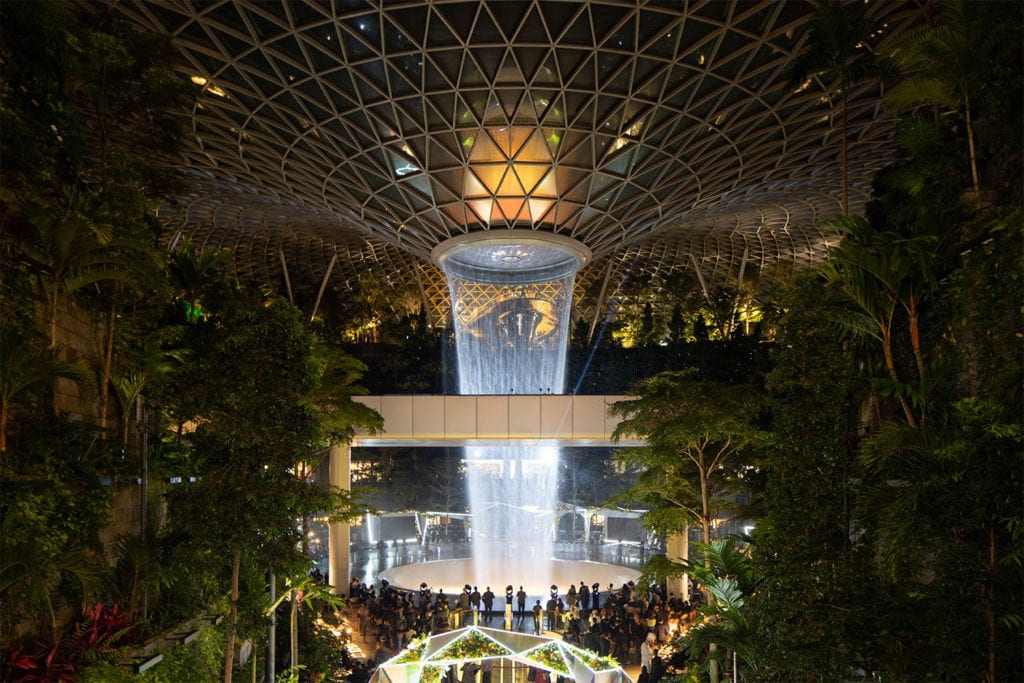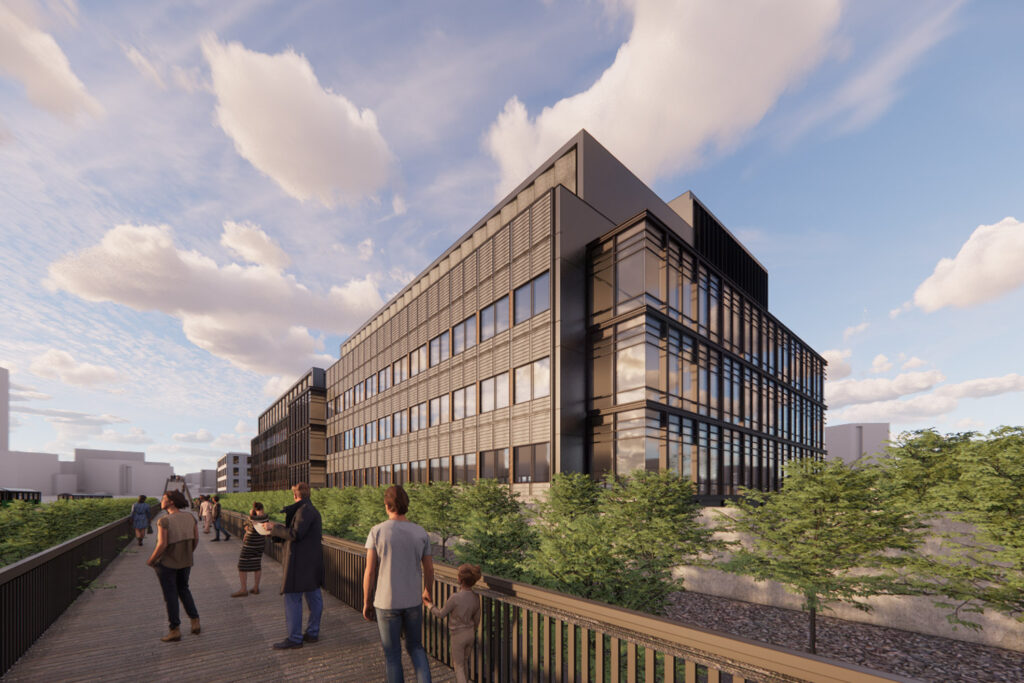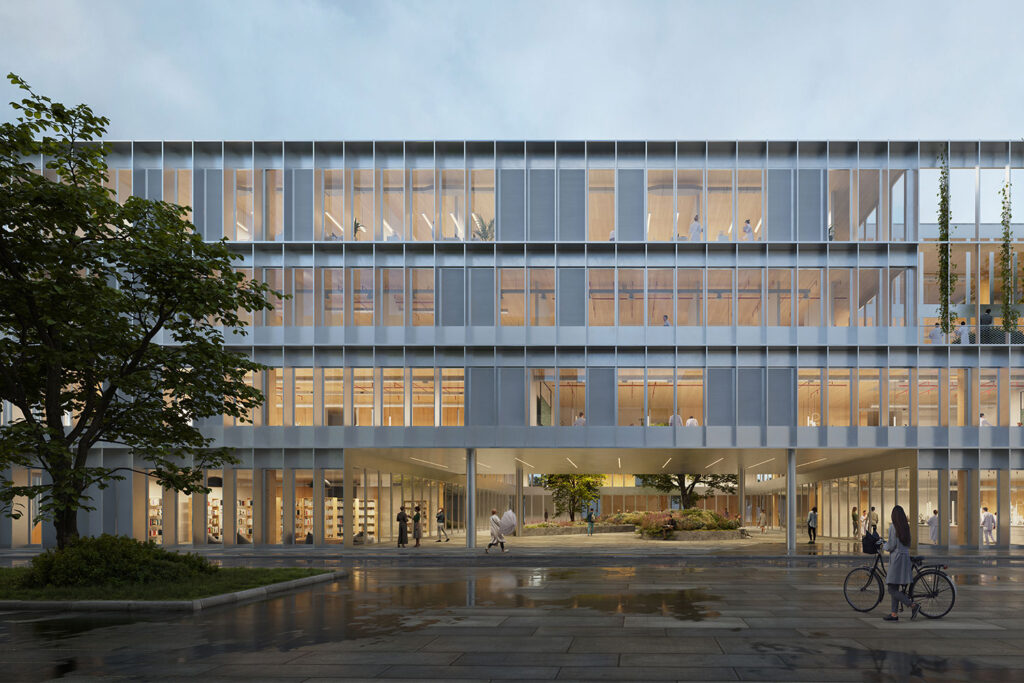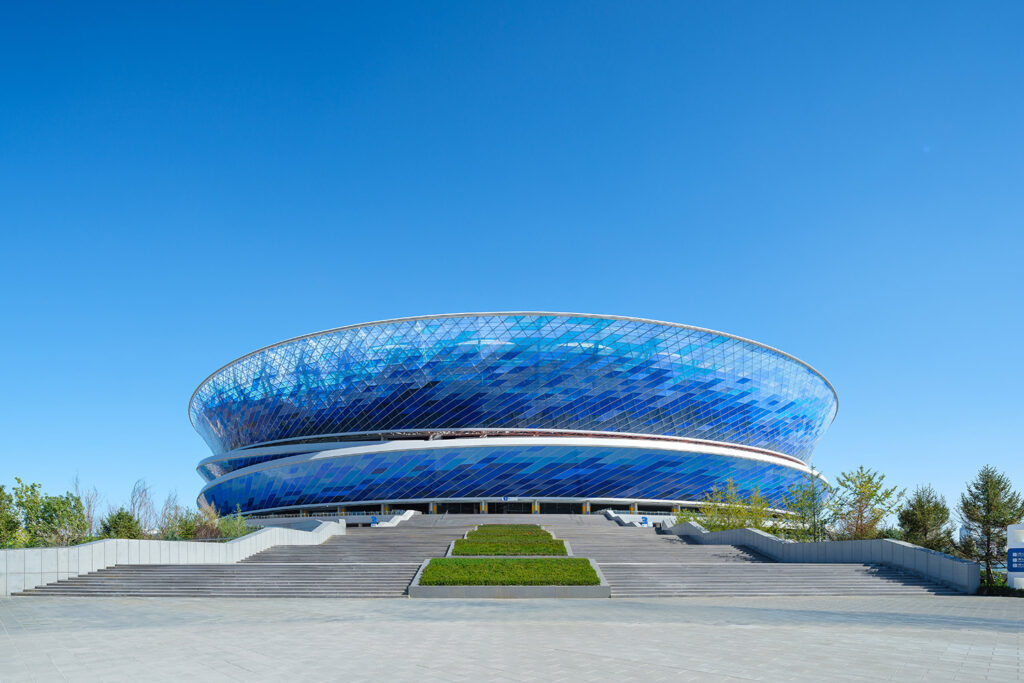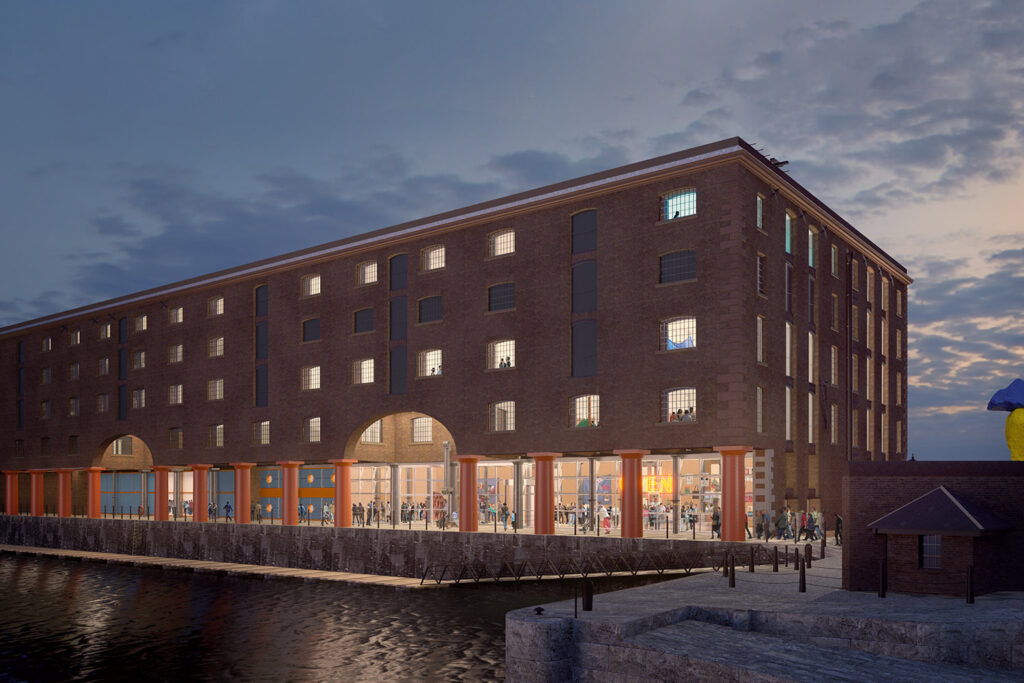Digital prototyping of architectural glazing
In partnership with Eclat Digital, Buro Happold have developed a virtual prototyping tool to assist designers and developers in the assessment and control of optical distortion in architectural glazing.
Visual distortions due to heat-treatment, lamination, lensing or pillowing are often only identified once the glass is already manufactured or installed, which can result in contractual, programme and cost issues. The overall aesthetic quality of the project can be compromised because the optical faults are identified too late in the process.
Digital prototyping aims to provide predictive, quantitative and physically-supported images. This technique allows faster and earlier convergence of the design process to assess the best solution, thus limiting the cost and the need for large scale samples.
In the whitepaper attached, the most common types of visual distortion from glass production process are described including examples of simulations through bespoke hyper-realistic renders, which can be prepared for project-specific build-ups and geometries.
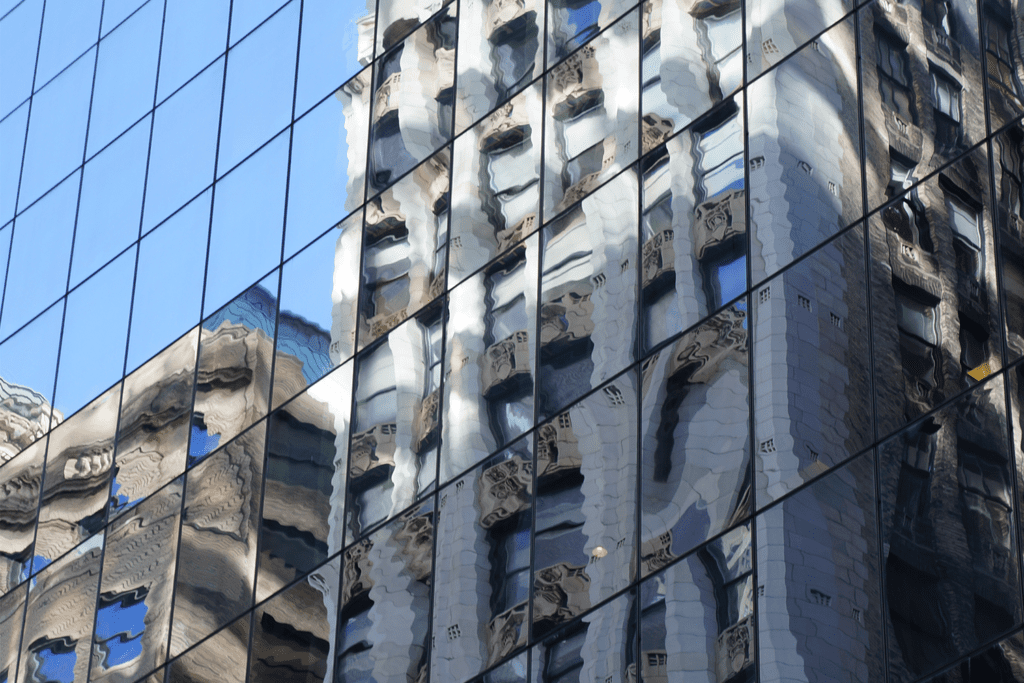
Image: Peter Goff, Buro Happold
Monolithic and laminated heat-treated glass
These distortions consist of localised bending of the glass (roller wave, bow, edge dip, etc.) which result in distortion of the reflected images and of the in-out visual quality.

Image: Buro Happold / ECLAT digital
Pillowing effect in insulated glass units
Due to climatic loads (temperature and pressure/altitude at time of sealing), the cavity between glass panes in a double/triple glazed unit will expand or contract as the internal and external temperatures vary throughout the day. Temperature and pressure are indeed causing deformation of the glass panes, which results in issues with visual distortion.
Pillowing distortion effect is more noticeable when viewed at reflection (out-in) and can be very noticeable when the images reflected are supposed to be linear (e.g. reflection of adjacent buildings).

Image: Buro Happold / ECLAT digital
The visual distortions described can be considered as features inherent in each glass type and cannot be entirely eliminated, due to the manufacturing processes currently available in the market. However, they can be kept within controlled limits, typically regarding the fabrication tolerances and an assessment process in the project-specific specification.



